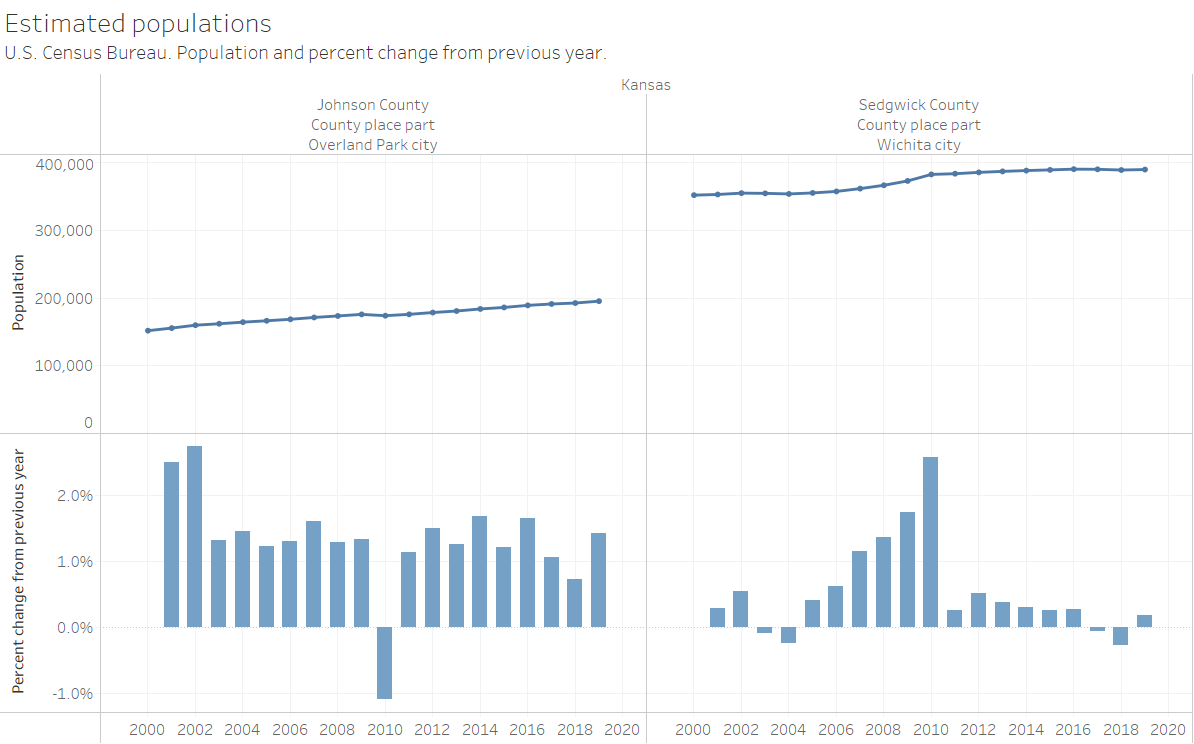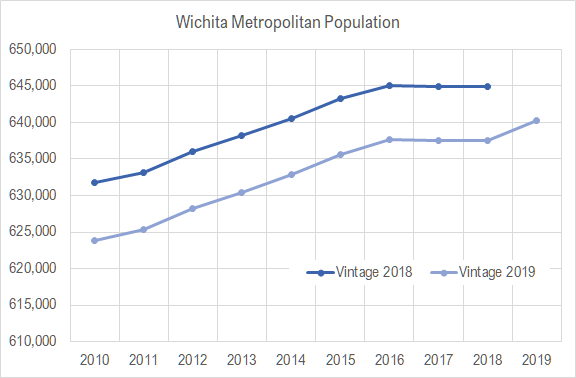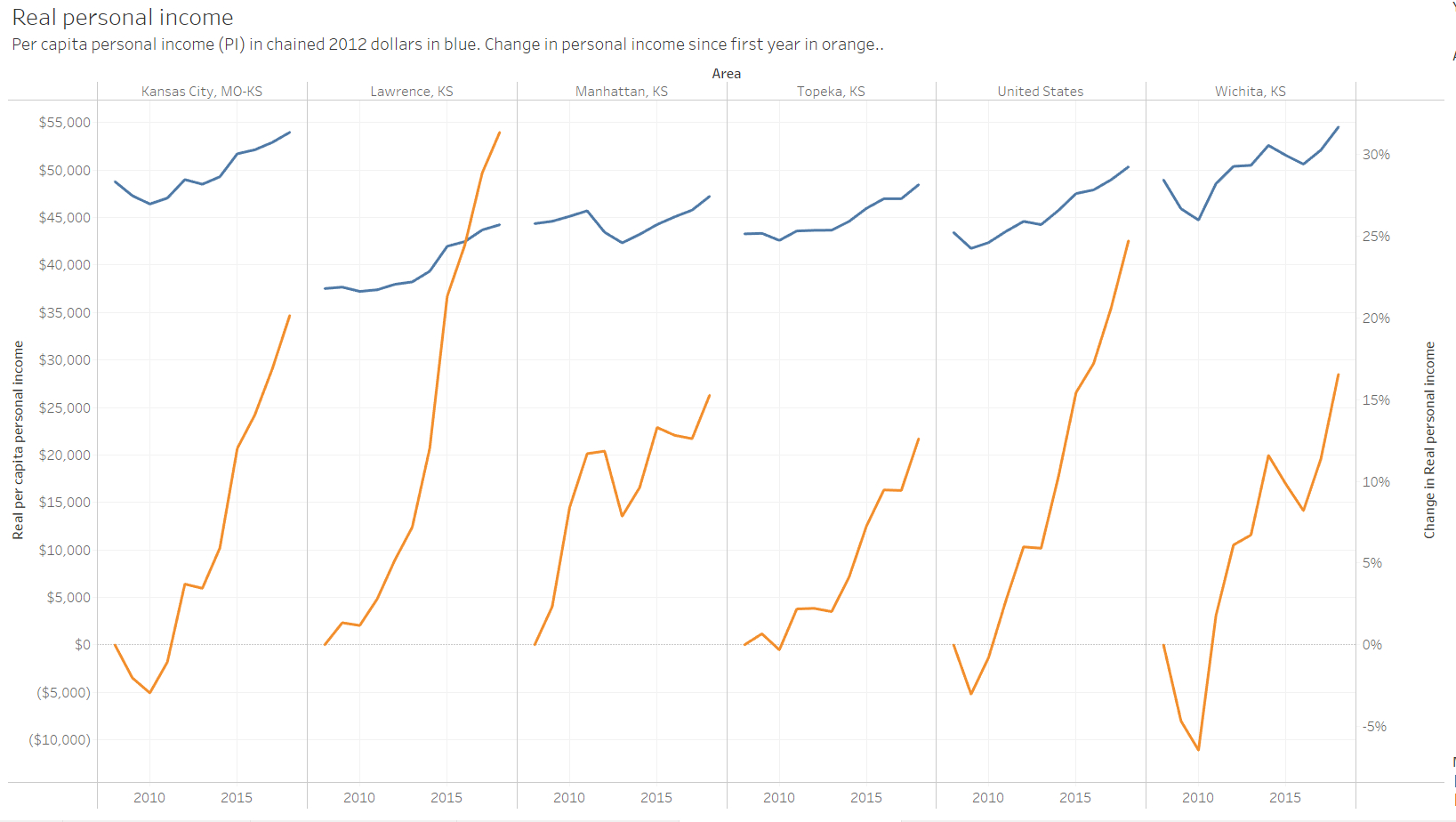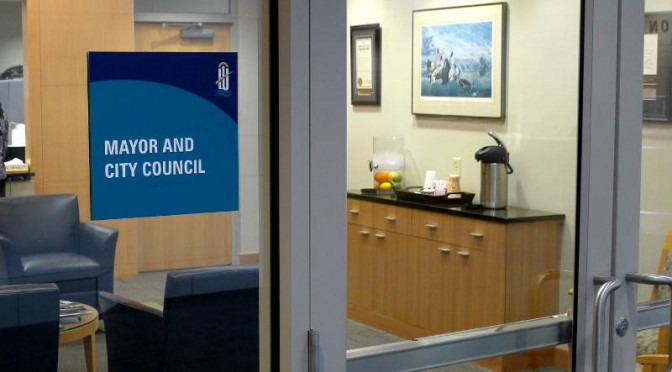A proposal to hire a deputy or chief of staff to the Wichita mayor is a good idea which will increase transparency and accountability of elected officials.
Tomorrow the Wichita City Council will consider a proposal to create the position of Deputy to the Mayor. I’ve excerpted the relevant portion of the agenda packet in pdf form, available here. I include partions below.
How could a deputy or chief of staff help improve the city? As an example, at the April 14 council meeting, approval of a loan for a portion of the new water treatment was on the agenda. This was no surprise; borrowing the money had been planned for a long time. The agenda packet noted the loan amount of $280 million, which was no surprise. But the document mentioned this caveat: “capitalized interest excluded.”
It’s no surprise that loans carry interest charges, but shouldn’t we wonder how much interest? Documents in the agenda packet provided an estimate, as the council passed an ordinance authorizing the issuance of a bond to the government of up to $331 million, meaning the capitalized interest is likely to be around $50 million.
But you had to read a lot of material to come across this figure. It was not obvious. Sources tell me that this figure was not mentioned during the agenda review meeting, and it was not mentioned by city staff during the presentation at the council meeting. It was only when the mayor asked a question that the number was discussed. (The mayor mentioned that a constituent had asked him about it. That was me.) For more on this, see Wichita water plant financing on agenda.
Another example: Recently the council was asked to pass an economic development incentive. The reported benefit-cost ratio did not meet the city’s established standard. There are exceptions that the city can invoke to override the standards, and the council did that. But the agenda packet did not mention that an exception would be required, although it was discussed during the meeting. See Wichita to consider tax forgiveness outside policy parameters.
As another example, the council recently approved a profit-sharing agreement for Naftzger Park event management that contains ambiguity that could lead to disputes. Under certain conditions, depending on how and when the same calculation is performed, the event manager’s share of profits could be $0, or $25,000, or $49,999. The city could either lose $25,000 or $0. While these examples are contrived and use extreme values, they illustrate that the agreement the council passed is ambiguous. No one noticed, or if they did, they didn’t speak up, at least not publicly. See Naftzger Park event management agreement ambiguous.
These are a few examples from this year where city staff has not served the council — and the public — very well. And these are just examples that I know of. We remember last summer when the former mayor was upset with major items being placed on the agenda by management with little or no notice.
Whether the mayor should have a deputy like this depends on what type of relationship we want between the mayor, council, and city management. Currently, and in the past, it seems like the council and mayor operate passively, merely reacting to matters that management brings to them. “Rubberstamp” is a term often used to describe council action. Praise for management and staff is often, in my opinion, uncritically offered and unjustified.
We need some tension, a little bit of check on the power of the city manager and city staff. We need someone to independently conduct research and advise the mayor and council so that the mayor doesn’t have to, as did Mayor Longwell last year, admit on television that he didn’t know the city’s population has declined.
Additionally, having an independent resource who is responsible primarily to the mayor will increase the accountability of the mayor to voters. It will be less credible for the mayor to slough off responsibility to the city manager and staff.
The proposal
The relevant portion of the agenda packet in pdf form is available here. Excerpts follow.
In introducing the proposal, the document states:
This unprecedented time of crisis both economically and in public health requires professional assistance within the Mayor’s office to better serve the community, interface with city department heads and align with Council Members on shared objectives.
This position brings the office of Wichita Mayor to a similar professional standing of every other mayor in comparable cities who enjoy the assistance of a Chief of Staff. Wichita is only one of two top 50 cities in which the Mayor does not have a Chief of Staff, or the equivalent.
Public expectation for the position of Mayor has evolved to expect more community outreach, public accessibility and to maintain a presence throughout the city. This position gives the mayor the resources necessary to provide a similar level of public outreach as current Wichita City Council Members enjoy through the use of their full time community outreach employee, resulting in increased accountability and transparency.
Under job description: “The Deputy to the Mayor will assist the Mayor in policy research, community outreach, special projects, communications, and other tasks as directed.”
It is to be non-political: “This is a non-political position that prevents the participation in campaign activities as defined by K.S.A – 25-4143(h). Employee will sign a non-disclosure order (NDA).”
How will the person be hired? “The selection committee will consist of the Mayor and a staff member appointed by the City Manager.”










































